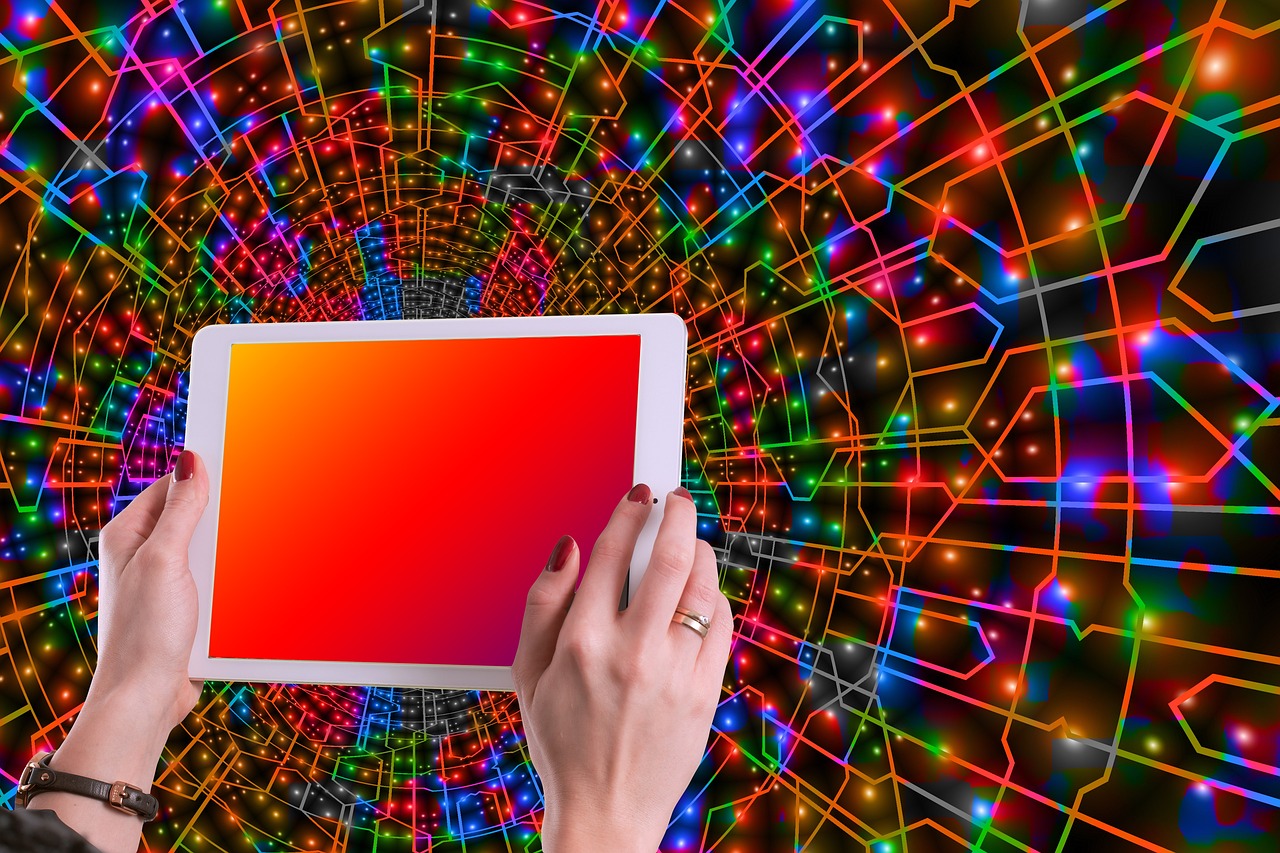The Revolutionary Impact of Google Arts and Culture
Google Arts and Culture has emerged as a groundbreaking platform that seamlessly merges the world of art with cutting-edge technology. By harnessing the power of digitization and virtual reality, this innovative project has revolutionized the way people engage with art. From exploring the world’s most renowned museums from the comfort of their homes to discovering hidden gems and forgotten artists, Google Arts and Culture has become a game-changer in the art world.
Through its state-of-the-art technology, Google Arts and Culture has brought art to the masses, erasing geographical barriers and challenging traditional notions of accessibility. With a simple click, users can embark on virtual tours of iconic art institutions, experiencing artworks in stunning detail and exploring exhibitions from different parts of the world. This unprecedented access has democratized art appreciation, making it possible for anyone with an internet connection to immerse themselves in the beauty of the art world.
The platform’s integration of virtual reality (VR) has further elevated the user experience, allowing individuals to transcend the limitations of physical space and time. With VR headsets, users can embark on immersive journeys, stepping into the shoes of artists and experiencing their creative process firsthand. This novel approach has transformed the way people perceive and interact with art, bringing it to life in ways unimaginable before.
Blurring Boundaries between Art and Technology
Preserving Art for Future Generations
In addition to its role as an innovator, Google Arts and Culture has played a crucial role in preserving humanity’s artistic heritage. Through its partnership with museums and cultural institutions worldwide, the platform has undertaken the monumental task of digitizing and archiving artworks, photographs, and artifacts. By utilizing cutting-edge technology, Google Arts and Culture has created an extensive online archive that ensures the preservation of these treasures for future generations.
The digitization process involves capturing high-resolution images of artworks, enabling viewers to examine even the tiniest details with remarkable clarity. This meticulous approach not only safeguards fragile artworks but also provides a valuable resource for research and education. Scholars, students, and art enthusiasts can access this vast digital collection, studying artworks from different time periods and regions, expanding their understanding and appreciation of diverse artistic traditions.
The platform’s commitment to preserving art extends beyond traditional mediums. Through partnerships with cultural institutions, Google Arts and Culture has also digitized and preserved intangible cultural heritage, such as music, dance, and rituals. By documenting and sharing these practices, the platform ensures that cultural traditions and expressions are safeguarded and celebrated in an increasingly globalized world.


